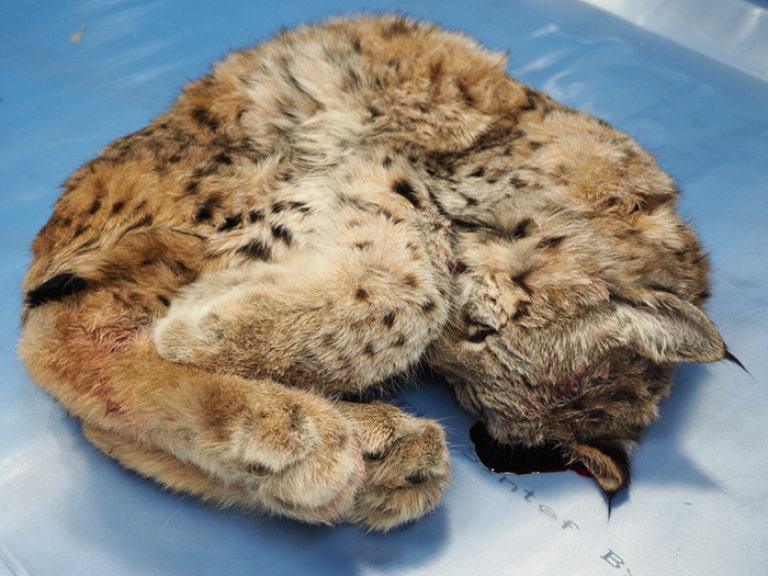Walrus Dies From Bird Flu On Arctic Island: Researcher
By AFP - Agence France Presse
April 29, 2024
...
The walrus was found last year on Hopen island in the Svalbard archipelago, Christian Lydersen, of the Norwegian Polar Institute, told AFP.
Tests carried out by a German laboratory revealed the presence of bird flu, Lydersen said. The sample was too small to determine whether it was the H5N1 or the H5N8 strain.
"It is the first time that bird flu has been recorded in a walrus," Lydersen said.
About six dead walrus were found last year in the Svalbard islands, about 1,000 kilometres (620 miles) from the North Pole and halfway between mainland Norway and the North Pole.
Lydersen said it was "not improbable" that some of them had the bird flu.
...
By AFP - Agence France Presse
April 29, 2024
...
The walrus was found last year on Hopen island in the Svalbard archipelago, Christian Lydersen, of the Norwegian Polar Institute, told AFP.
Tests carried out by a German laboratory revealed the presence of bird flu, Lydersen said. The sample was too small to determine whether it was the H5N1 or the H5N8 strain.
"It is the first time that bird flu has been recorded in a walrus," Lydersen said.
About six dead walrus were found last year in the Svalbard islands, about 1,000 kilometres (620 miles) from the North Pole and halfway between mainland Norway and the North Pole.
Lydersen said it was "not improbable" that some of them had the bird flu.
...

Comment